Reviewed by Julianne Ngirngir
When it comes to flagship foldable phones, timing is everything – and right now, Google's Pixel 9 Pro Fold is experiencing one of its most significant price drops since launch. Amazon has quietly slashed the price from $1,799 to $1,299.99, representing a massive $500 discount on this cutting-edge device. With the Pixel 10 launch expected on August 20th, this timing couldn't be more strategic – or more appealing for buyers looking to snag premium foldable tech without the premium price tag.
Why this discount actually matters for foldable buyers
Let's break it down. The Pixel 9 Pro Fold was already considered one of the best phones released in 2024, featuring two displays and a durable folding hinge that sets it apart from the competition. At its new price point of $1,299.99, it's now positioned as a more accessible entry into flexible-screen technology, potentially eroding Samsung's lead in the foldable category – particularly when you consider Samsung's Z Fold 6 starts at $1,900, making this Pixel offering $600 less expensive.
This isn't just a random markdown – it's part of Amazon's historic sale on Pixel 9 series phones, with discounts reaching up to 28% across the lineup. The scale suggests Google is addressing softer-than-expected demand for the Pixel 9 family after its 2024 release. For consumers, this translates to exceptional value on a device that Business Insider called "our favorite foldable phone released to date."
What makes this deal particularly compelling is that the 256GB storage capacity model getting this discount means you're not sacrificing functionality for savings. Plus, with six years of software updates promised for the Pixel 9 series, buyers get longevity that extends well beyond typical smartphone lifecycles – crucial for foldables where durability concerns often drive upgrade decisions.
What makes the Pixel 9 Pro Fold stand out from the competition
Here's where things get interesting from a technical standpoint. The Pixel 9 Pro Fold's exterior display measures 6.3 inches – identical to the Pixel 9 Pro's display, making it familiar and comfortable for everyday phone use. When unfolded, it reveals an eight-inch tablet display that's among the biggest you can find in a US foldable phone.
The device runs on Google's Tensor G4 processor and packs five super-capable cameras, giving it serious photography credentials. The foldable screen delivers a 2152 x 2076 pixel resolution on the 8-inch inner display, while the cover screen offers 2424 x 1080 pixel resolution on its 6.3-inch display.
What really sets it apart is the aspect ratio advantage. The exterior display maintains the same aspect ratio as the Pixel 9, which places it ahead of competitors like the Galaxy Z Fold 6 that features an awkwardly narrow exterior display. This means when you're using it for everyday tasks like texting, social media browsing, or one-handed navigation, it feels natural rather than cramped – a crucial advantage since most users spend 80% of their time on the cover screen.
Market timing and what it means for buyers
The timing of this price drop isn't coincidental. Most discounts expire right before the Made by Google event on August 20th, creating urgency for potential buyers. This reflects Google's evolving approach to hardware as a gateway to services like Gemini AI and Google One subscriptions, where device margins matter less than ecosystem engagement.
Looking at historical patterns, Google cut Pixel 8 prices by around $100-400 after the Pixel 9 launch, and the Pixel 9 series is highly likely to get similar treatment. However, current deals represent deeper discounts than we typically see this early in a product cycle.
The competitive landscape is also shifting. Rumors suggest the Pixel 10 Pro Fold could cost around $1,600, representing a $200 price cut from the current generation. This would make Google the first major brand to significantly reduce flagship foldable pricing, potentially persuading other brands like Samsung to follow suit. The strategy suggests Google is prioritizing market penetration over margins, betting that widespread foldable adoption will drive long-term services revenue and competitive positioning.
Should you buy now or wait for the Pixel 10?
Bottom line: this comes down to your priorities and timeline. At $1,299.99, you're getting a device that was considered by many to be the best foldable for cost-conscious buyers, now at an even more attractive price point. The Pixel 9 Pro Fold still seems compelling a year after its release, especially with guaranteed updates ensuring you'll enjoy the latest features well into 2030.
However, if you can wait, the Pixel 10 Pro Fold promises significant improvements including a 5,015mAh battery upgrade – a 365mAh increase that could translate to 6+ hours of additional usage time. The new model is also expected to feature IP68 ingress protection, which would be an industry first for foldables and address one of the biggest durability concerns buyers have.
For immediate needs, this $500 discount represents exceptional value that may not be available once Pixel 9 phones sell out, as Google could simply discontinue the series rather than maintain permanent price cuts. The current deal positions foldable technology closer to mainstream pricing – exactly what the market needs to drive broader adoption beyond early adopters.
Where foldable pricing goes from here
This Amazon sale isn't just about immediate bargains – it's a window into Google's adaptive strategies in a rapidly evolving tech landscape. The aggressive pricing suggests foldables are finally moving toward the mainstream, with Google leading the charge on making premium flexible-screen technology more accessible.
Looking ahead, rumors indicate foldable prices could drop to $1,500 by 2027 with the presumptive Pixel 12 Pro Fold. This trajectory would bring foldables within striking distance of traditional flagship pricing, potentially making them viable alternatives rather than niche luxury items. When you consider that the first foldables launched at over $2,000, this pricing evolution is happening faster than most analysts predicted.
The current $1,299.99 deal represents more than just a discount – it's evidence of Google's long-term strategy to democratize foldable technology. By accepting lower margins now to build market momentum and user base, Google positions itself to benefit from the eventual mainstream adoption of flexible-screen devices.
Whether you grab this deal or wait for the next generation, one thing is clear: foldable phones are moving toward mainstream pricing, and Google is leading that charge. This particular sale might just be the tipping point that convinces mainstream buyers to finally make the jump to flexible-screen technology.




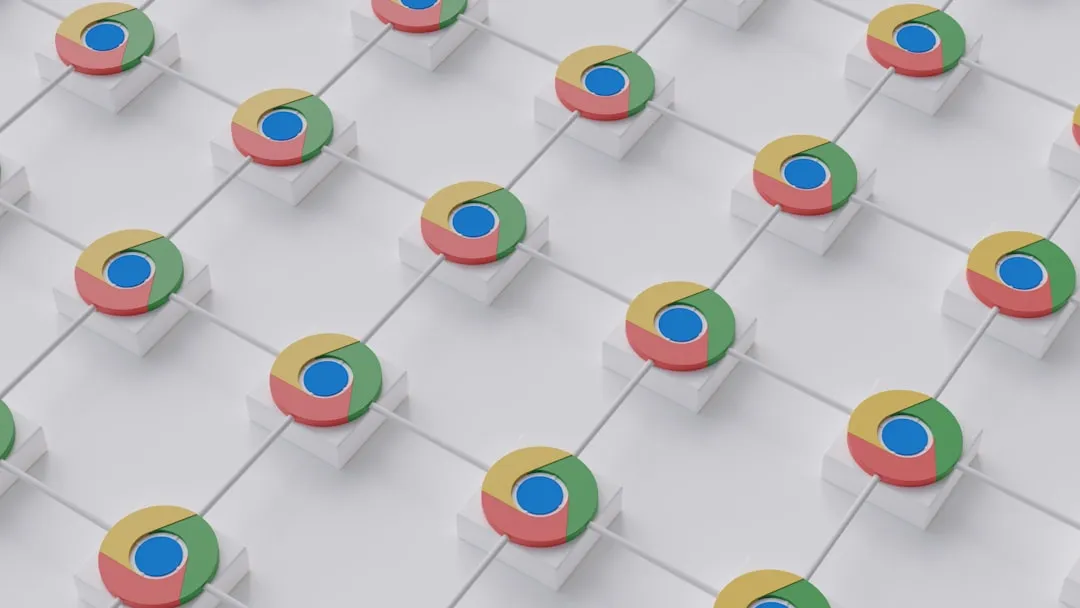
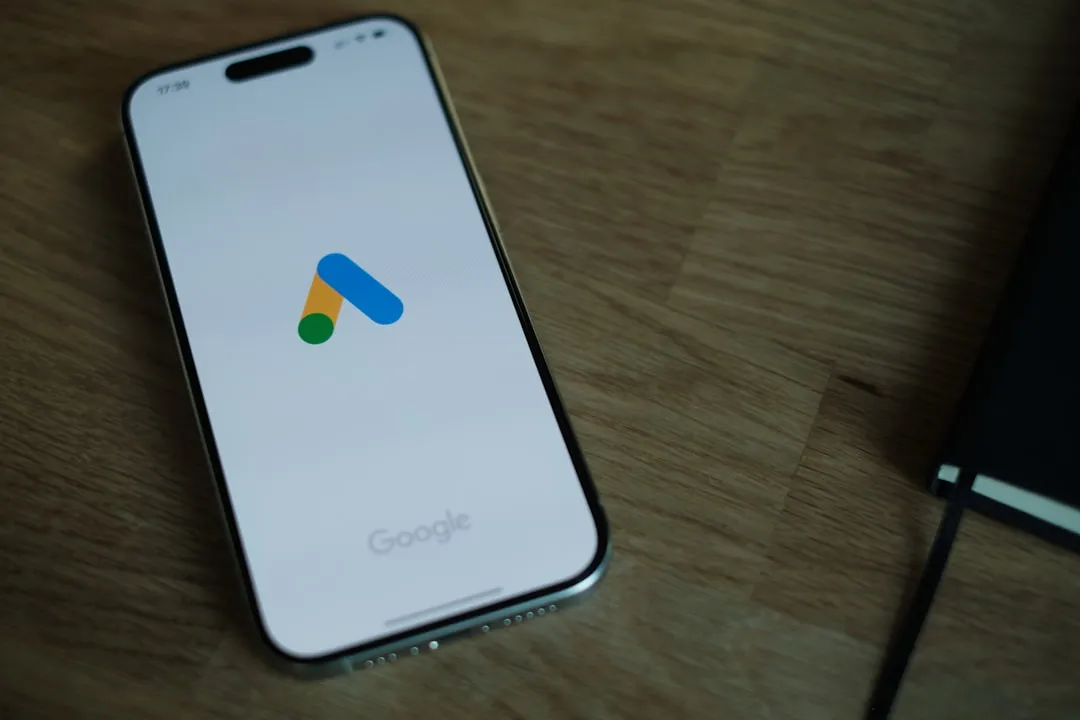

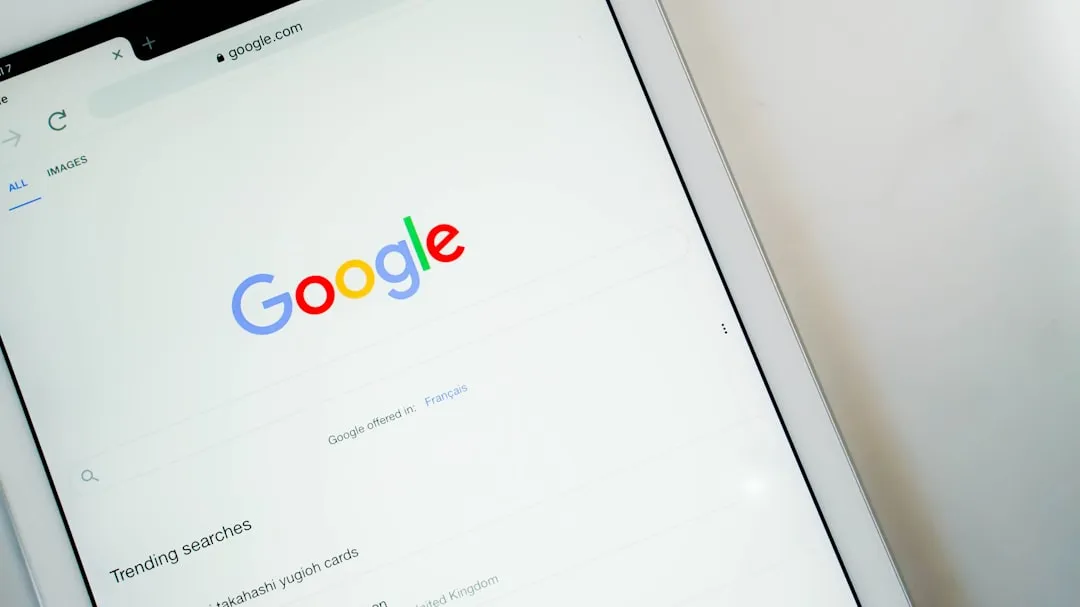

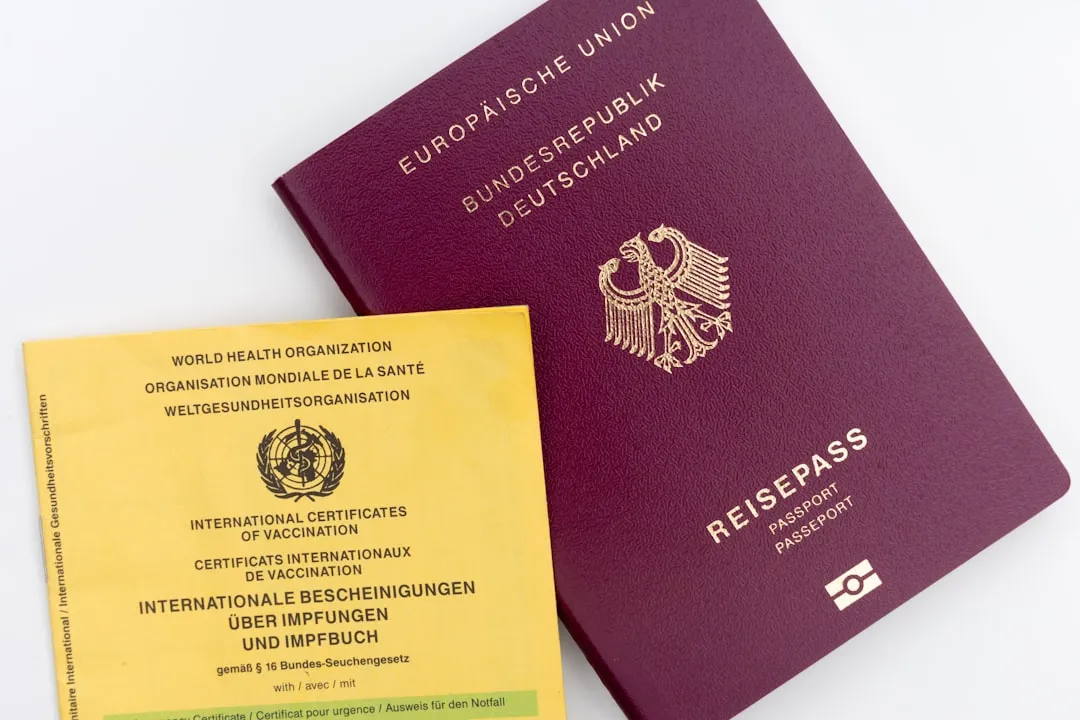
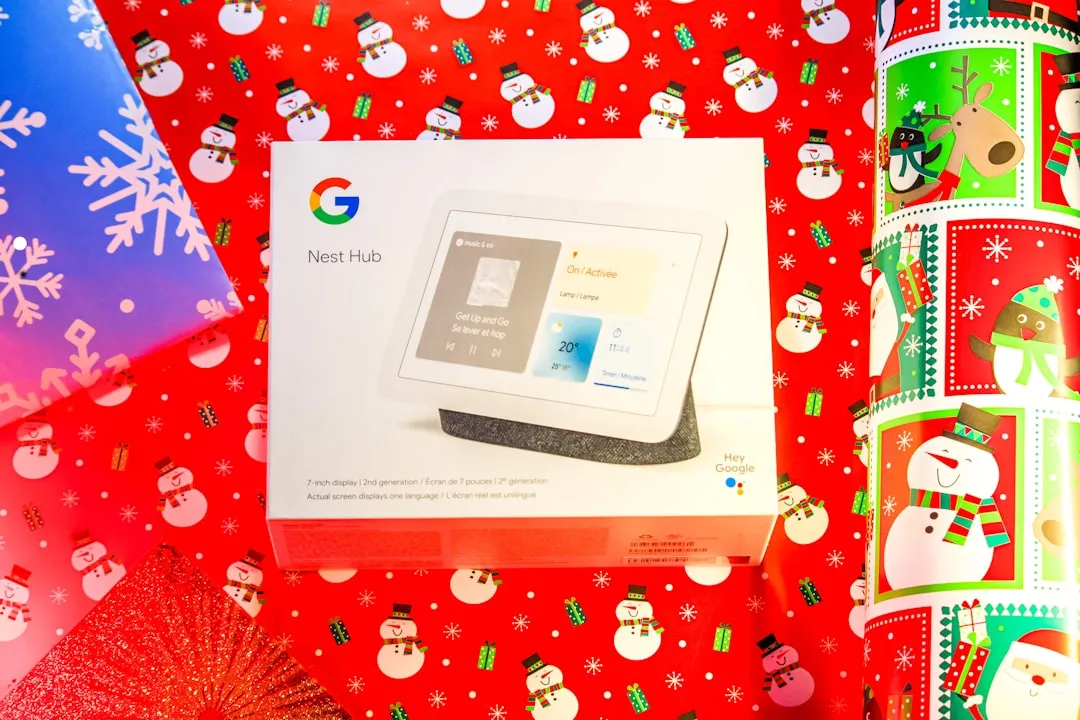


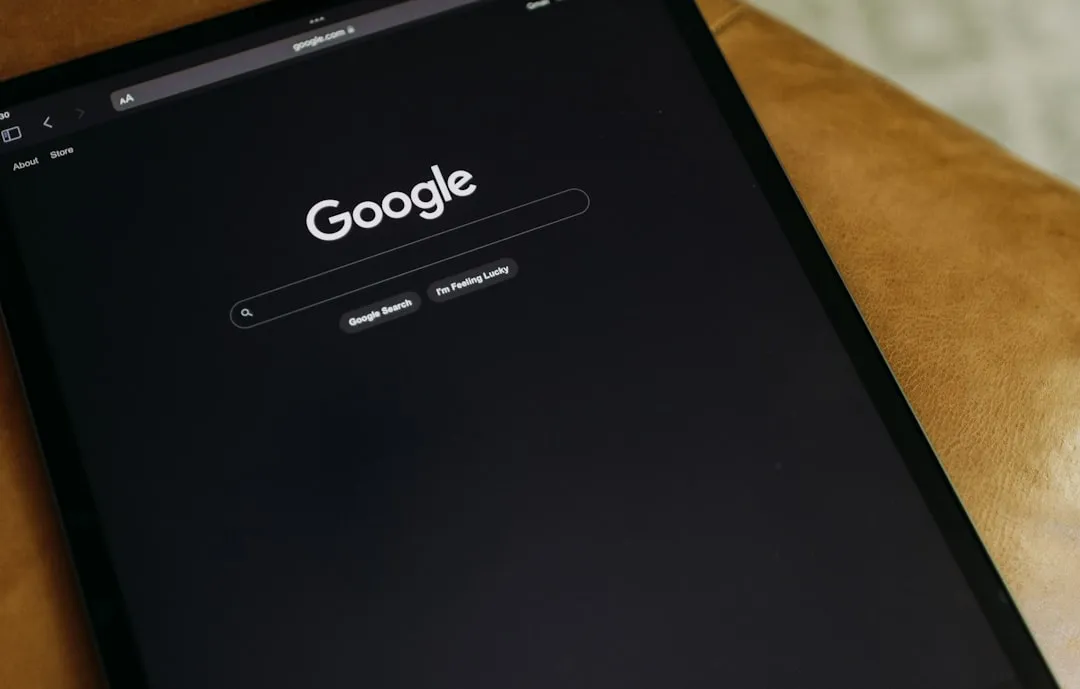
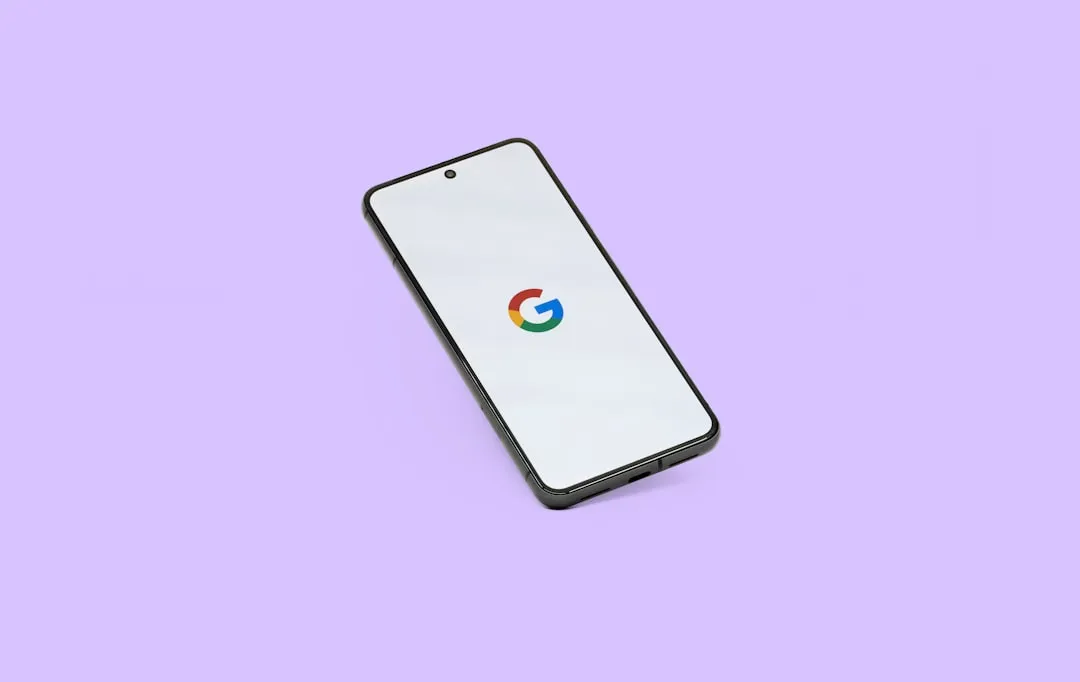
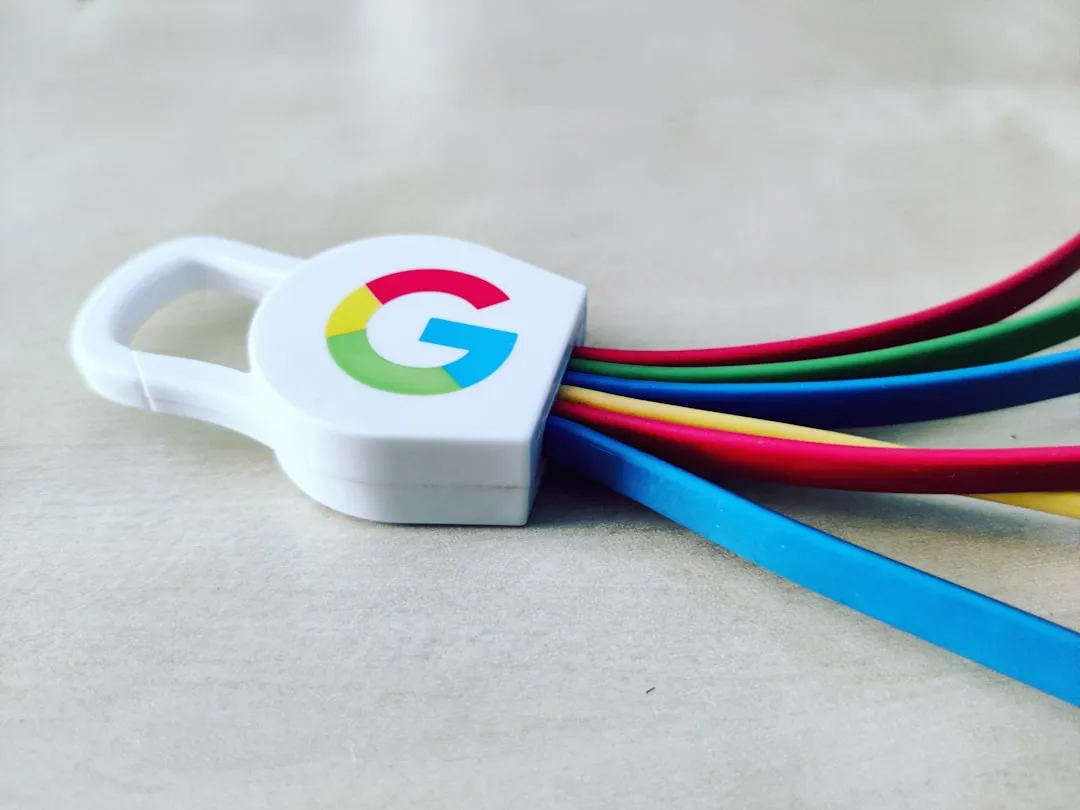
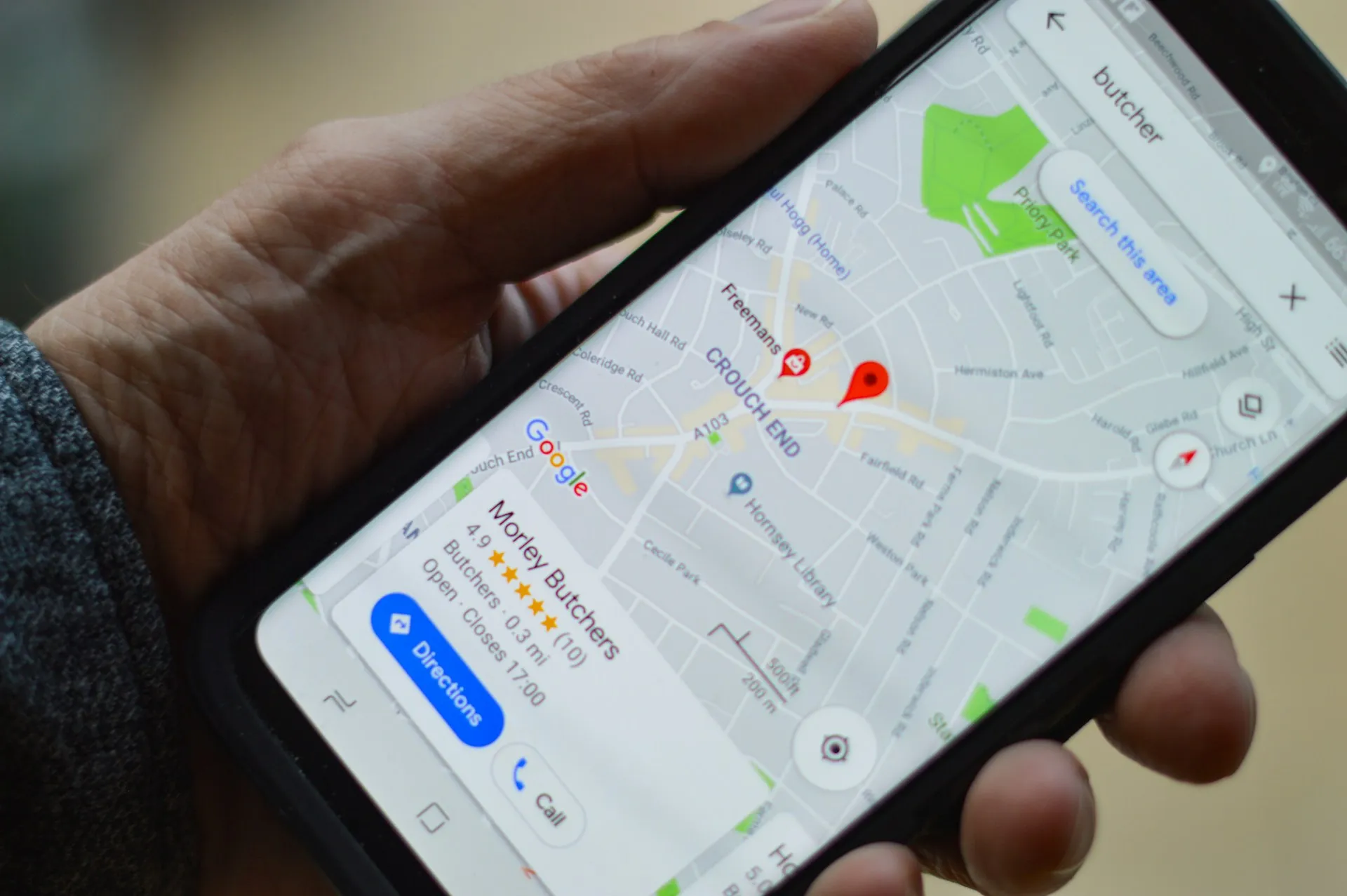
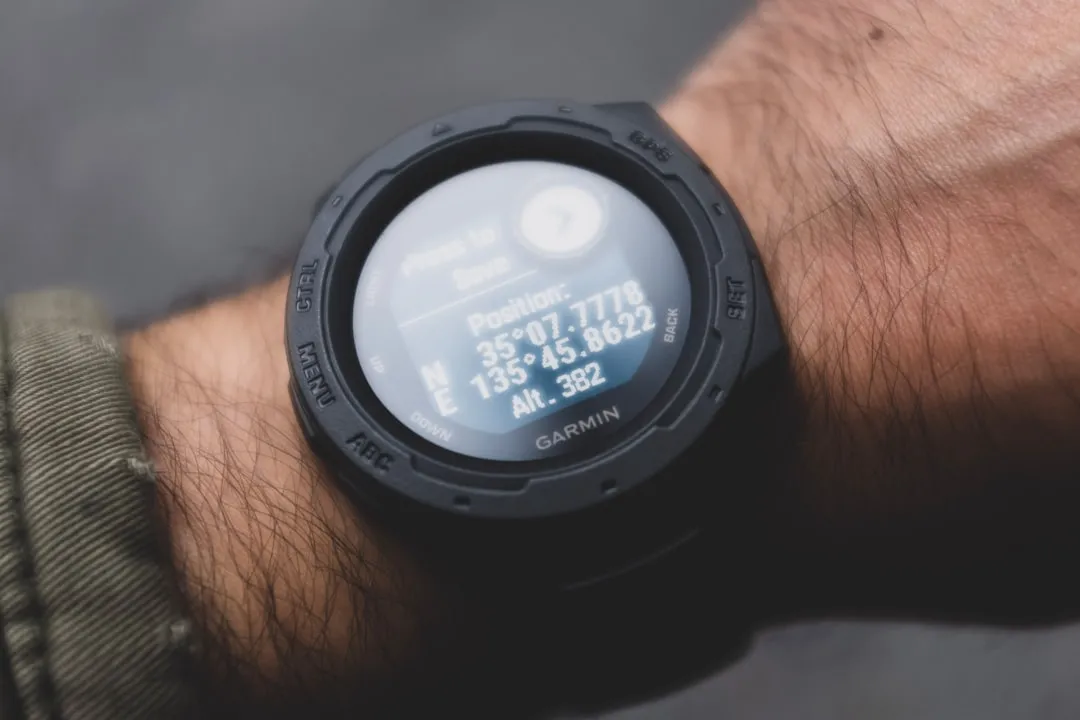

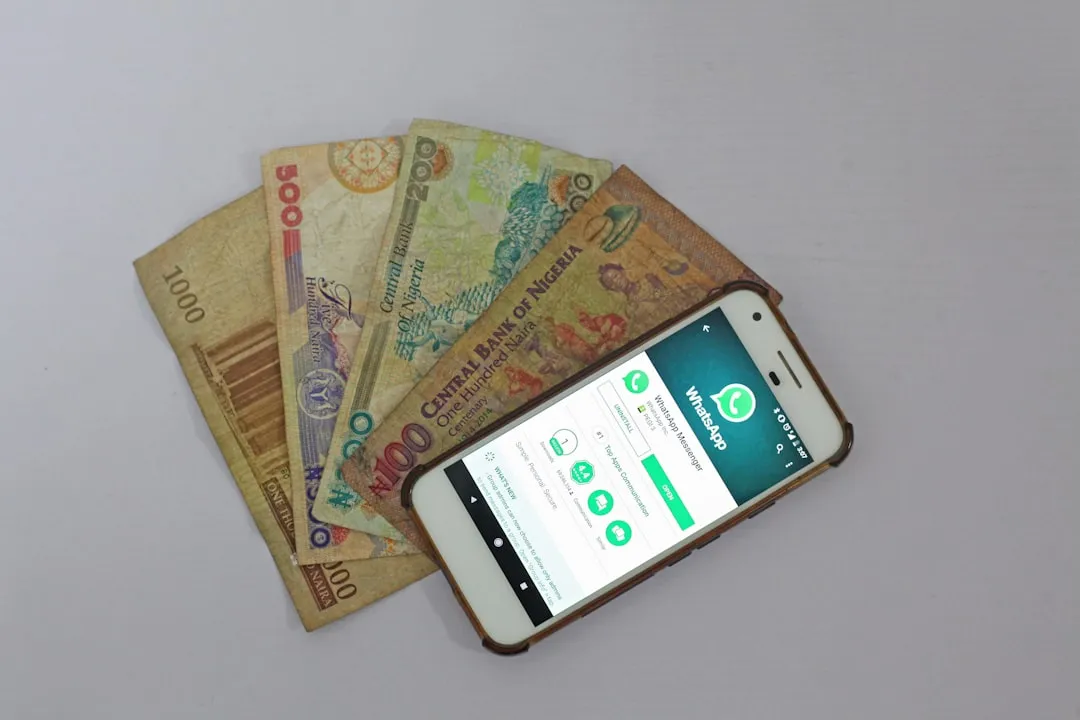
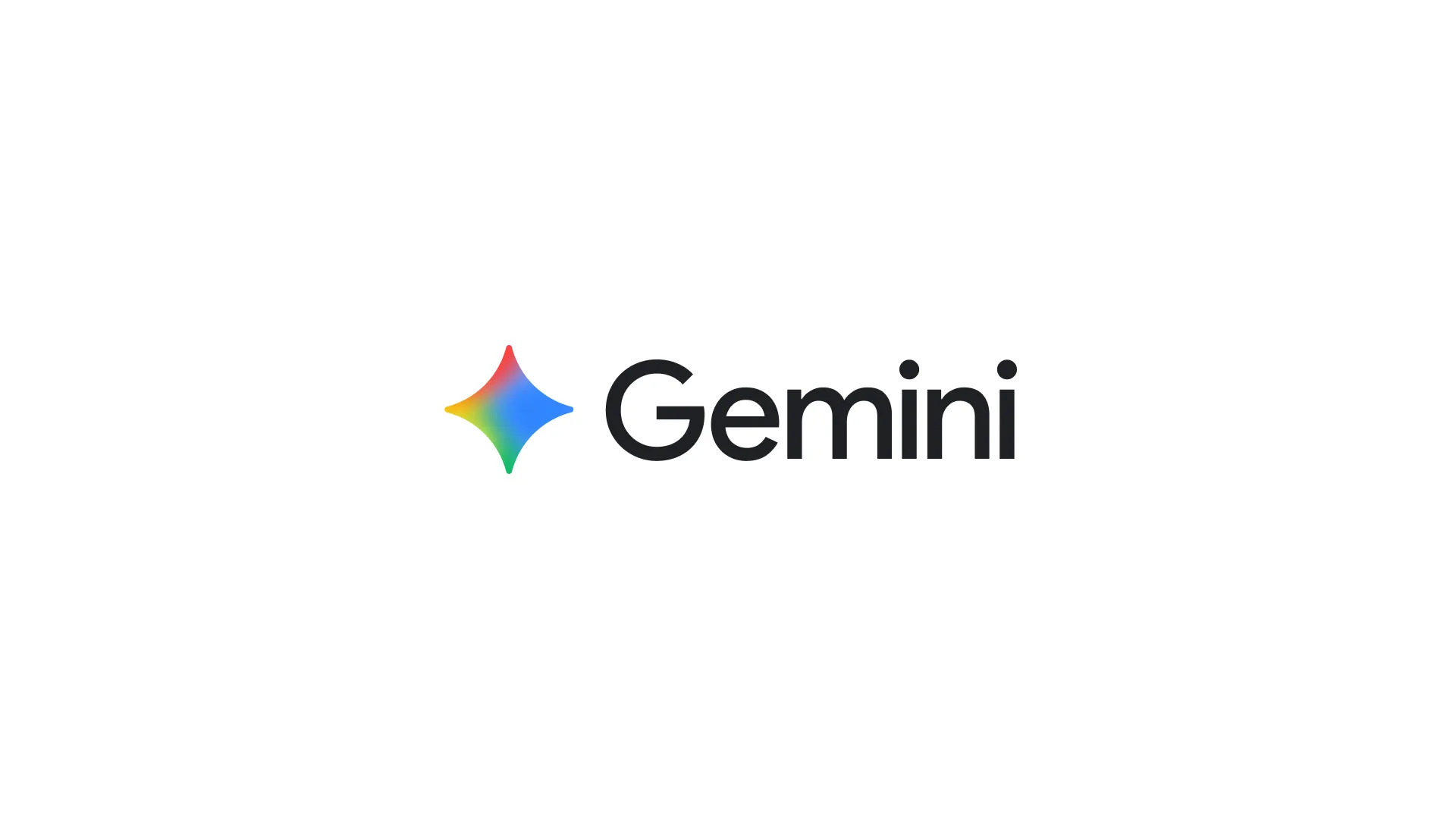
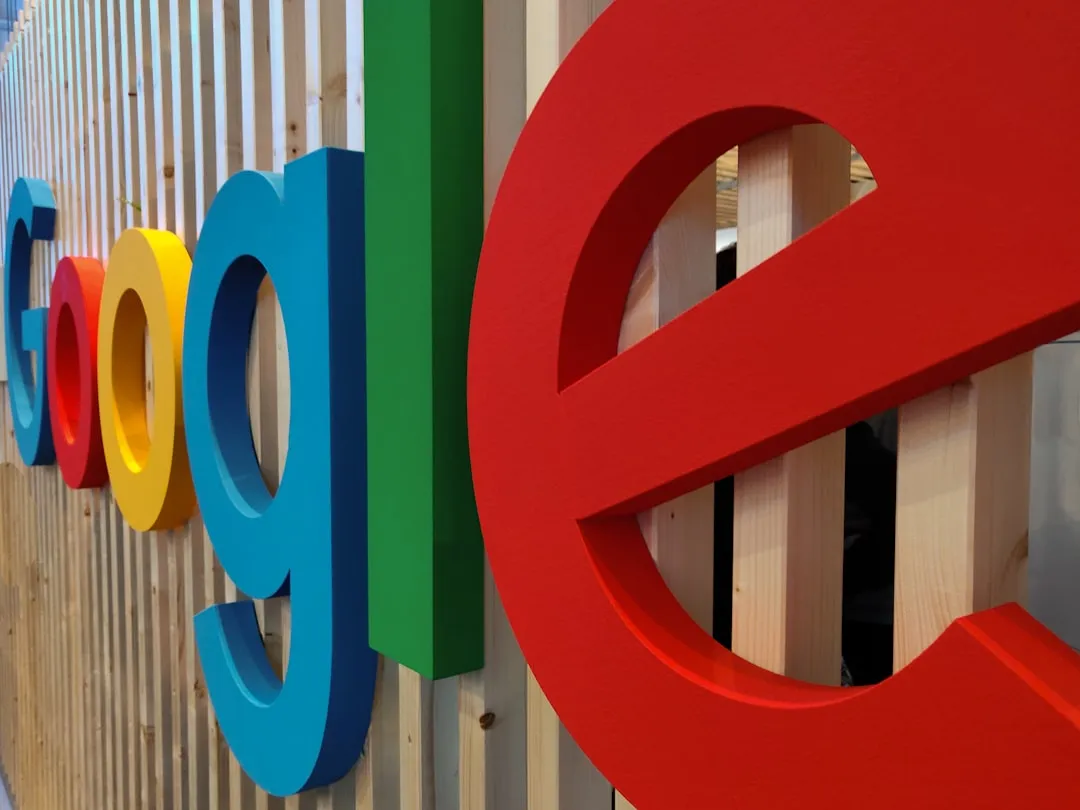
Comments
Be the first, drop a comment!